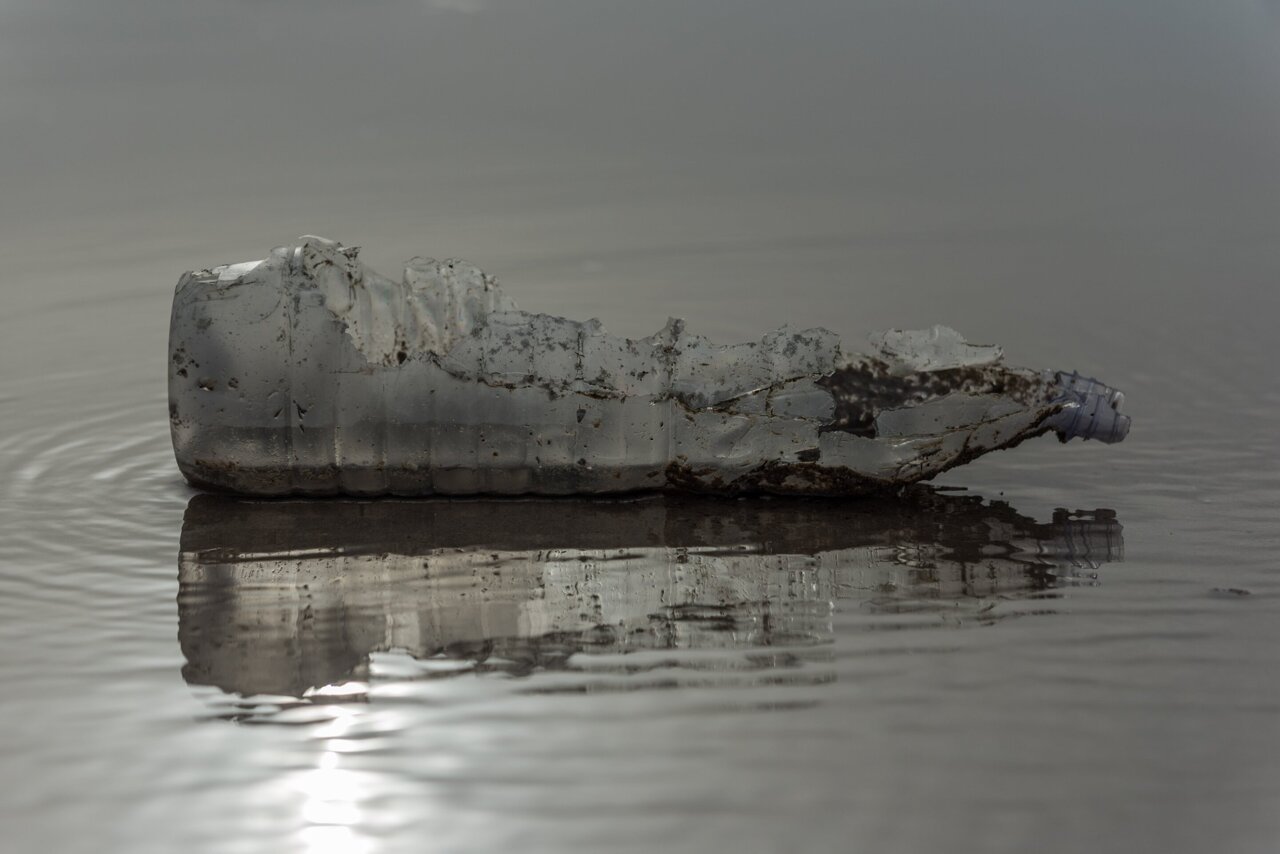Each year, approximately 14,000 tons of plastic find their way into Swiss soils and waters, including microplastics, which are minuscule particles ranging from micro to millimeter size. These microplastics originate from various sources, such as cosmetics and synthetic fiber clothing. Additionally, they are generated through the wear and tear or breakdown of larger plastic items, known as macroplastics.
Due to their tiny dimensions, microplastic particles easily infiltrate waterways. Around 15 tons of microplastics enter Swiss rivers and lakes annually. Assessing their concentration in water poses challenges, as these small polymer fragments often resemble naturally occurring particles, and their quantity fluctuates significantly depending on the location, time of measurement, and the method used for assessment.
Seven most common plastics
To gain a comprehensive understanding of microplastic pollution in the rivers and lakes across a larger region like Switzerland, relying solely on measurements is often inadequate. To address this issue, researchers David Mennekes and Bernd Nowack from Empa have devised a model for the Federal Office for the Environment (FOEN) that can forecast the concentration of microplastics in water bodies nationwide.
The foundation of this model was built upon a previous version developed in 2020, which delineated the release of the seven most prevalent polymers into the environment as both macroplastics and microplastics. These polymers encompass polyethylene (LD-PE and HD-PE), polypropylene, polystyrene and expanded polystyrene, PVC, and PET, commonly used in packaging, textiles, insulation, and agricultural films. “Having identified the sources and quantities of plastic entering the environment, the logical progression was to determine its concentration,” explains Nowack.
By employing this model, researchers aim to provide valuable insights into the distribution of microplastics in water bodies, allowing for a more comprehensive understanding of the extent of pollution at a national scale.
Large cities are polluting water bodies
The newly developed model reveals that approximately half of the microplastics entering Swiss waters remain within the country, with about one-third settling in lakes and the remainder in rivers. However, the distribution of microplastics is not solely determined by the length of a river; rather, factors such as the river basin, dams, and lakes influence the retention or transport of microplastics.
Unsurprisingly, higher concentrations of microplastic pollution are observed downstream from major cities. The Rhine River near Basel exhibits the highest concentration, carrying around 4,500 tons of microplastics annually towards Germany. This is partly due to the Aare River, which, along with its tributaries, the Reuss and Limmat, flows through three of Switzerland’s largest cities—Bern, Zurich, and Lucerne—before merging with the Rhine.
While measurements provide localized data, the model developed by Nowack and Mennekes allows for nationwide calculation of microplastic loads and facilitates predictions of the impact of behavioral changes and government interventions on microplastic concentrations. The researchers recently published their findings in the journal Nature Water.
The applicability of this model extends beyond Switzerland and can be adapted to other countries and regions. Currently, Nowack and Mennekes are concentrating on refining the model to estimate the presence of macroplastics, such as PET bottles and plastic bags, in water bodies. Subsequently, the modeled plastic concentrations could be utilized to assess the environmental risks in specific regions.
Source: Swiss Federal Laboratories for Materials Science and Technology
